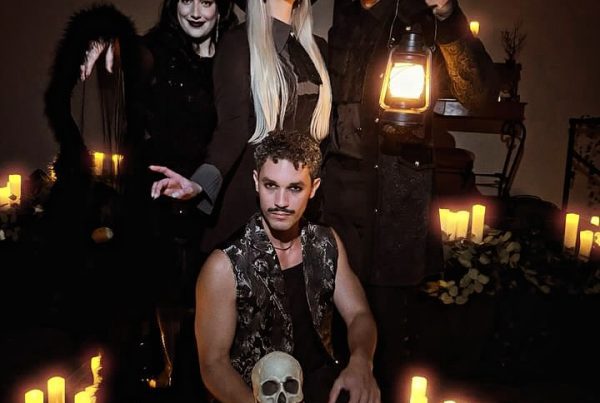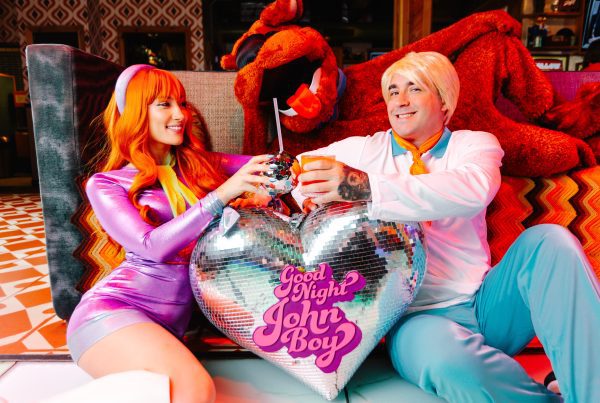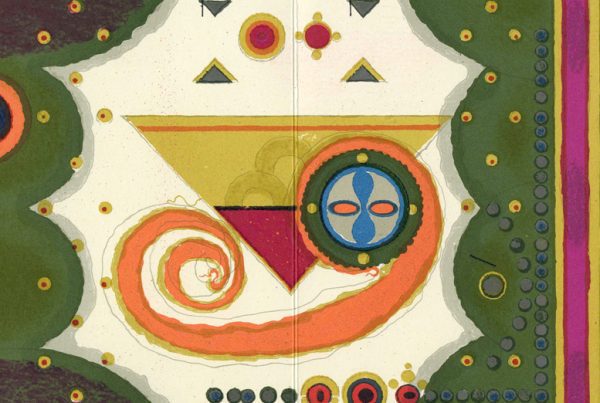When a violent crime is committed, it takes a team of specialized individuals with strong constitutions to investigate the scene, document the findings, analyze the results and, finally, return the crime scene back to “normal.” In this feature from our May 2020 print issue, four Floridians share how they do it.
Heather Walsh Haney
Heather Walsh Haney is Florida’s preeminent forensic anthropologist, a career that has brought her from the rubble of 9/11 to the aftermaths of Hurricanes Katrina and Wilma to her more recent work on the Christy Luna cold case. From her home base on Fort Myers’ Florida Gulf Coast University (FGCU), she has been the principal investigator on more than 500 forensic anthropology cases, working in tandem with 14 Florida Medical Examiner Districts, including West Palm Beach. Her job often brings her on the field to work with law enforcement to uncover clandestine burials; 2019, she said, was her busiest year on record, with 15 recoveries.
And, as chair of FGCU’s Department of Justice Studies, Walsh Haney runs the university’s “bone farm,” one of seven such facilities in the nation, in which she buries and exhumes donated cadavers for research—and the next generation of forensic anthropologists.
ON THE NATURE OF THE JOB
It’s not a field that is for everyone. A medical examiner friend of my mentor … had told me once that one can make a very good living doing something that others don’t want to do. That is definitely the field of forensic anthropology, because it is a grueling, meticulous field that deals with the parts of death that most people would never want to experience.
ON FGCU’S BONE FARM
Our bone farm is a large parcel of land that was donated to the university almost 10 years ago. Right now, we have over 70 human remains donations, [and] the remains are buried, which allows them to skeletonize as they would in a graveyard. They still need some rendering or cleaning and brushing and labeling. The facility helps us do that with a little less hard work on our hands—and blistering our hands, and having sore knuckles from the process of rendering by hand.
ON THE DONATIONS SHE RECEIVES
The human remains donations that we have are all different. Sometimes I have someone who had a living will, and they’ve passed in hospice care. So when they come, they look just as though they are sleeping. Then we bury them. Other times, what’s happened is they may have been the victims of a crime, or … it’s a natural death, but they weren’t discovered for days or weeks. So they can be in various states of decomposition, where they might be partially skeletonized. They might be just bloated. They might be mummified. It really is the full spectrum of what happens to us after death. Usually they tend to be mummified to fresh—rarely completely skeletonized. They may be stained a little bit still with blood and tiny holes that mark the surfaces of the bone. So they still need cleaning, or they would still need to be buried so that the bones will dry out a little bit and can become something we would want to touch and educate with.
“I HAVE NEVER SEEN IT AS MORBID WORK, BECAUSE TO ME, DEATH IS PART OF LIFE, AND I AM CERTAIN IN MY HEART AND IN MY BRAIN THAT THERE IS MORE TO US THAN OUR CORPOREAL REMAINS. I KNOW THAT I WILL CONTINUE TO LIVE ON AFTER MY BODY PASSES. IT DOESN’T SCARE ME.”
ON THE EDUCATIONAL BENEFITS OF HER WORK
My students learn how the differences in vegetation can mask or make it easier to find clandestine burials in a controlled setting. When I take them into the field, they learn to recognize different kinds of scavenger tracks. They learn how to read soils, so they can understand when soil has been disturbed. They learn … how insects still find their ways deep into the soil, or burrow up from the burial. This setting really helps me give them the safest, most controlled environment, where they can appreciate all the variables that impact our ability to first find a clandestine grave, then recover it, and understand what processes we would need to use in the laboratory to get the most information out of the remains that’s possible.
ON THE SMELLS OF HER JOB
I have used the expression with my students that one becomes nose-blind, in that I don’t smell it. The smell does not bother me in my work, and I’ve noticed with my students who are in the lab, while someone new might come in and smell something, it doesn’t bother us. But forensic anthropologists work with decomposing remains. It’s typically when time has created human remains that are unrecognizable visually is when the medical examiner will call us in. The forensic anthropologist helps in the most gruesome of cases.
ON THE EMOTIONAL ASPECT
I’ve helped on a lot of child cases, where I feel like I could cry. But I can’t cry out there. But I’m not afraid of my emotions, and I think even as early as 10 years ago, no one was supposed to have emotions about these cases. And the fact is that we’re all human. I think it helps us to be better as scientists, and to hold ourselves ethically accountable and morally accountable when we react as humans, and we don’t lose touch with the fact that the victims were living, breathing mothers and fathers and children—as are the perpetrators of crimes.
For the rest of our Crime Scene Heroes feature, click here.
This story is from the May/June 2020 issue of Boca magazine. For more content like this, subscribe to the magazine.







